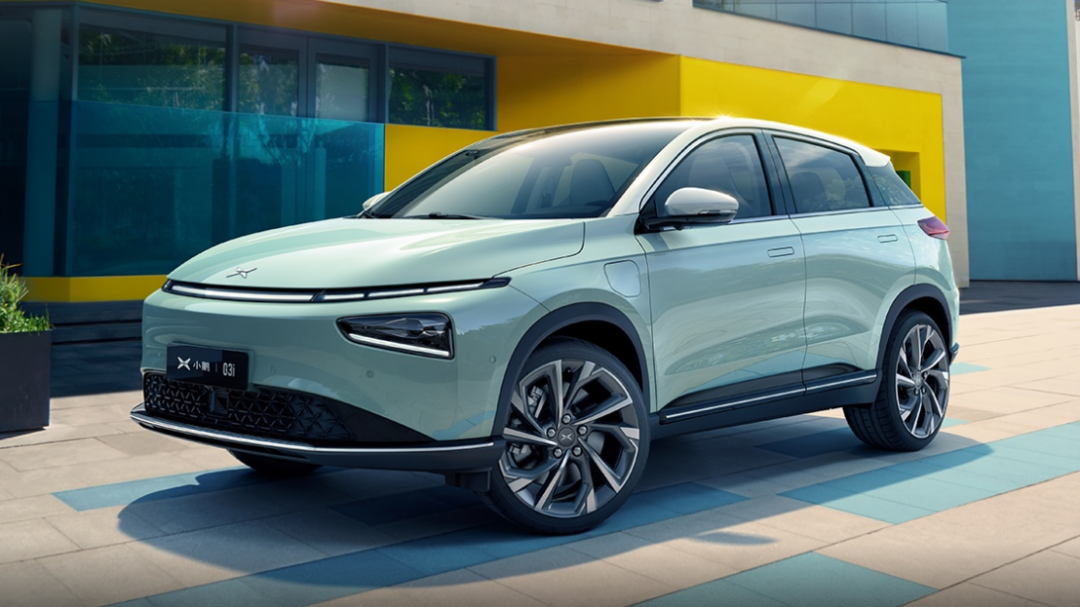This article is reproduced from the public account autocarweekly
Author: Financial Street Lao Li
On July 7th, XPeng Motors officially listed on the Hong Kong Stock Exchange, becoming the first Chinese intelligent electric vehicle company to be listed in the United States and Hong Kong at the same time.
Different from the “craziness” of the US stock market at the end of last year and the hot market of A-share new energy vehicles, the Hong Kong market has maintained a relatively rational attitude towards XPeng Motors: the pricing of HKD 168 and the first-day break, made friends who wanted to get rich by buying new stocks end up in vain.
Just two days later, yesterday evening, XPeng G3i was listed in Chengdu. This press conference was like a roadshow for XPeng Motors facing the capital market, and it was also a deep expression of love to users.
Unlike the hot industry, XPeng in the capital market has entered the crisis of survival.
An Uncontroversial New Force of Change
Whichever aspect you look at, He XPeng is a master of rhythm.
In 2018, XPeng G3 was listed. In the era of the hundred flowers of new forces, He XPeng without an automotive background, took the market by storm and became one of the top three new forces.
In 2020, XPeng P7 was listed. As the first model developed by XPeng Motors from 0 to 1, P7’s performance exceeded expectations. Driven by P7, XPeng’s sales continued to rise, and the once lukewarm G3 also continued to climb under the influence of P7.
In 2021, XPeng P5 was listed. In 2022, XPeng will also release a mid-to-large-sized intelligent electric SUV based on P7. Therefore, XPeng has completely complemented the product line from Class A to Class B, which looks very perfect.
Li Bin said that an enterprise is like an airplane. It is often the most dangerous time when taking off. XPeng Motors is currently at the time of take-off. At this critical juncture, He XPeng has become a master of rhythm again: pushing for the listing on the Hong Kong Stock Exchange with his left hand, and introducing the replacement model G3i with his right hand.
To be honest, the replacement of intelligent electric vehicles is a science. My friends joked about the product manager of the replacement vehicle of the car company, 「Zhu Bajie looking in the mirror – inside and outside not human」: if the product upgrade is not good, new users will say the product is not good, and they won’t get public support; if the product upgrade is too good, old users will say their rights are affected and it’s unfair.
Prior to the listing of XPeng G3i, many analysts consulted Lao Li about the replacement risks of XPeng. Lao Li told everyone that no matter how well or poorly it is done, the balance point is a reasonable price. The key is whether the enterprise truly put the interests of users in the first place.
Lao Li has never worried that XPeng will encounter this problem. The reason is simple:- First, the information about XPeng G3i was released early, and many users are already aware of it.
- Second, XPeng G3i, as a modified version of XPeng G3, follows the typical strategy of traditional car companies: change the appearance, update the features, but keep the same core powertrain (the three-electric power system), and surprise with the product price.
- Third, XPeng is indeed improving the user experience for their old customers, such as charging network construction, improving the maintenance system, and increasing vehicle residual value. All of these align with user rights.
However, it should be noted that no matter how great the service is, there will always be dissatisfied customers who won’t pay, and this is human nature.
What a corporate should do is to make the user feel comfortable, not boast or be inappropriate. He XPeng did a great job on this. It’s clear that the changes of G3i are concentrated in the two major areas of appearance and intelligent experience, with no particularly outstanding features. He XPeng did not talk about the industry or the product at the beginning of the conference, but switched to focus on the users, catering to their needs.
XPeng G3i is indeed a user-oriented product. The previous generation G3 lacked the “XPeng gene” and relied on a competitive pricing strategy. In April 2020, XPeng P7 was officially launched, a new product with “XPeng gene”, featuring futuristic design and having received high attention from users.
Of course, XPeng is aware of the “bug” of the previous G3. G3i has adopted a family-style front face of “X ROBOT FACE”, added the representation of intelligence with an “i” behind the letter “G” (which symbolizes geeks), and added new body colors. These changes are very “conventional”, which all car companies can do in order to further emphasize being forward-looking, high-tech and youthful. At the conference, He XPeng expressed his hope that G3i will be the first choice for Z-generation people who like to try new things in the field of intelligent EVs.
After the release of the new car last night, there was much discussion in the WeChat group of my company. Researchers believed that XPeng Motors’ most remarkable performance in this round of competition was the price:
- Under the NEDC working conditions, 460 km is divided into two models: 460G and 460N, with prices of 149,800 yuan and 172,800 yuan, respectively.
- Under the NEDC working conditions, 520 km is divided into two models: 520G and 520N, with prices of 165,800 yuan and 185,800 yuan, respectively.
This reasonable price also increases people’s expectations.Everyone knows that the sales of pure electric vehicles are currently distributed between two extremes: one is the demand for commuting, in which users are willing to buy commuting vehicles for less than 100,000 yuan; the other is the demand for luxury, in which users are willing to buy high-end car models for more than 200,000 yuan. The A-class car between 100,000 and 200,000 yuan is the most difficult to sell, and the product is not outstanding, and users are also unwilling to buy.
In Xpeng’s product line, the most popular one is the P7, and the most economical ones are the G3 and P5. If the sales of G3i can be increased, this will be a revolutionary change for Xpeng or the entire industry. At least for now, there have been no complaints from users.
Keeping Up with the Times is the New Norm for Future Intelligent Electric Cars
In the intelligent electric vehicle industry, sentiment doesn’t matter. Users are the ones with the least sentiment.
The development speed of intelligent electric vehicles is beyond everyone’s imagination. As a practitioner walking at the forefront of the industry, Lao Li frankly said that many indicators have exceeded his expectations this year. For example, three months ago, the penetration rate of new energy passenger vehicles (new energy passenger vehicle sales/total passenger vehicle sales) was still around 6%, while the recent penetration rate has skyrocketed from 12.4% in May to 14% in June, which means the recognition of new energy vehicles has exceeded everyone’s imagination.
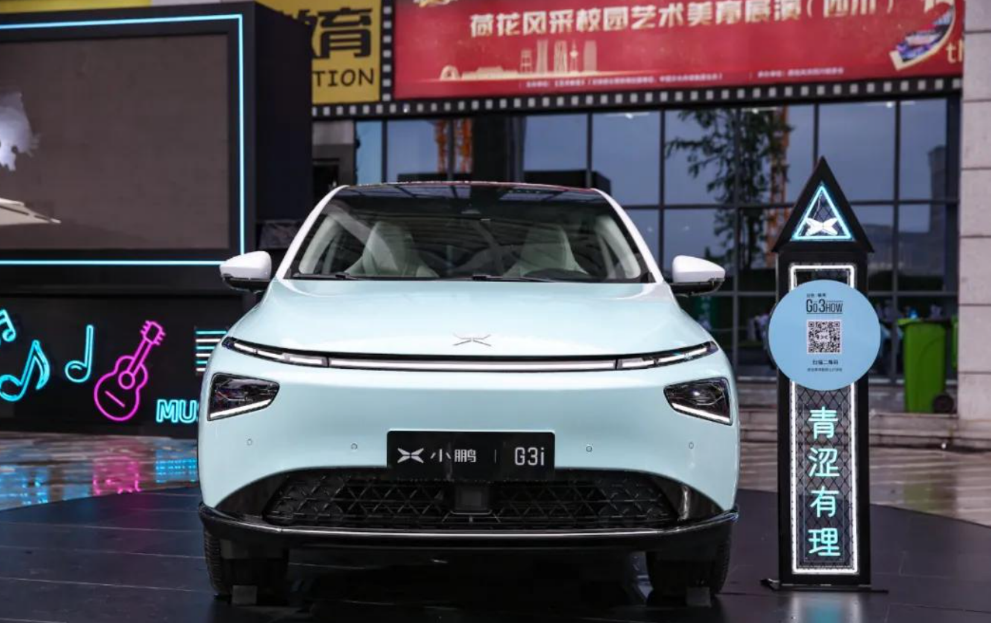
However, due to unfavorable public opinion, the latest changes in the industry have not been conveyed to users. Lao Li’s survey last week in some restricted purchase cities found that many users still believe that the upgrade of new energy vehicle endurance is fast and buying new products is not worth it. Some “experts” in the industry are still spreading the cost of power batteries decreasing at a rate of 20% per year. These lagging pieces of information will seriously affect user decisions.
Starting from last year, domestic power battery technology and cost have gradually reached a bottleneck. In terms of cost, the three-element lithium batteries of the leading companies in the industry have been maintained at a tax-included price of 1.0-1.2 yuan/Wh. The upstream heavy metal prices have skyrocketed, and the cost is difficult to decrease 20% annually. On the other hand, the endurance mileage of the product has also reached a bottleneck, and 500 km of endurance has become the entry-level requirement in the industry. The 700 km endurance models launched by some car companies are achieved by simply adding batteries, without any special new technology.
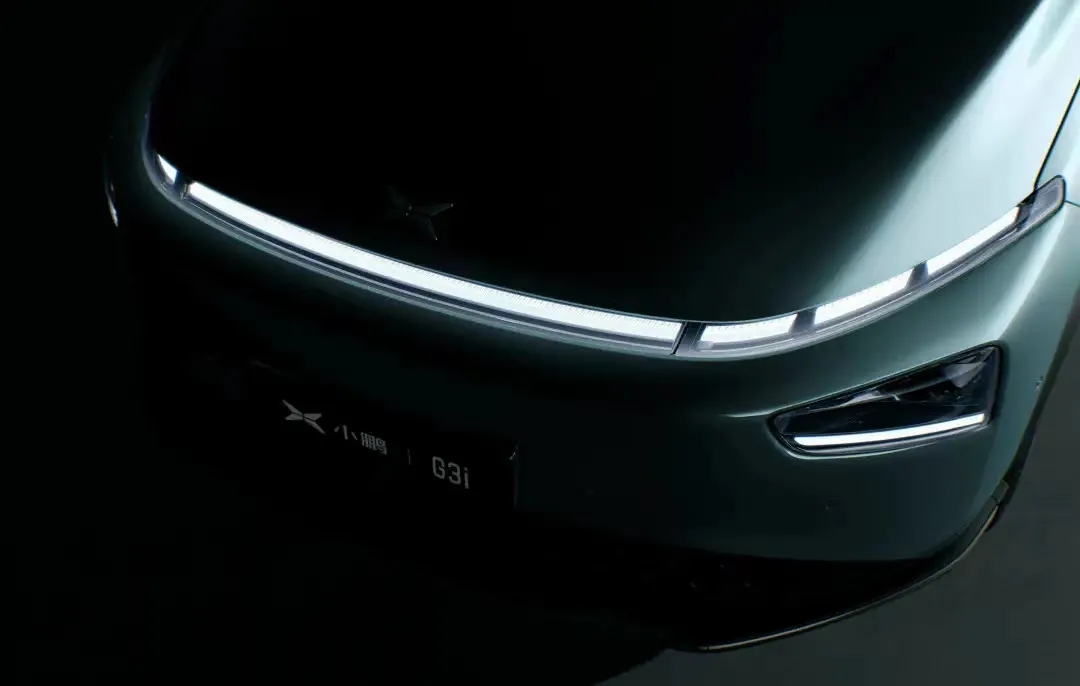
From the perspective of electrification, there is no longer a problem of quick upgrading and iteration being quickly eliminated when users buy cars. On the contrary, due to the improvement of OTA level, the released intelligent electric vehicles can continuously iterate the intelligent experience through self-upgrades since this year. As some friends put it, the cars are “keeping up with the times.”## Smart Electric Vehicles: The Future of Constant Upgrades
Smart electric vehicles are constantly improving their user experience through FOTA and SOTA upgrades, much like smartphones. FOTA is a system upgrade while SOTA is an application upgrade. It’s easy to imagine a vehicle constantly upgrading, keeping the experience fresh and new.
These upgrades are often unseen, only felt through real-life experiences. Since last year, the research team has been doing “store visits + rental cars” to explore and upgrade the small details of the XPeng G3i.
On the smart interconnectivity side, XPeng G3i is equipped with Xmart OS 2.0, a car-mounted intelligent system. Instead of the J6 chip, XPeng G3i uses the Snapdragon 820A, a Qualcomm car-level system chip for cars costing more than 200,000 RMB. To put it in industry terms, XPeng G3i has a 200,000 RMB configuration at the price of a 100,000 RMB car, offering a premium experience at an affordable price point.
On the voice control side, XPeng G3i has a full-scene voice function, allowing users to control the air conditioning, windows, music, and more through voice commands. OTA upgrades can also add more functionality in the future.
While some features are easier to use than others, the ability for smart electric cars to learn quickly and improve through OTA upgrades makes these minor hiccups irrelevant.
On the smart driving side, XPeng G3i is equipped with XPILOT 2.5, an automatic driving assistance system with five HD cameras, three millimeter-wave radars, and twelve ultrasonic radars. It is capable of mainstream driving assistance functions. Unlike the previous generation, the hardware is still provided by Bosch, but the algorithm is entirely XPeng’s self-developed version. Although XPeng G3i’s self-driving technology has room for improvement compared to P7’s NGP, it still offers impressive features.
XPeng’s Existential Crisis
The team often says, “two oppositions”: one is to think about problems from the perspective of the industry, and the other is to grasp trends from the perspective of capital.
If applying this logic to XPeng’s current situation, the analysis looks like this:From the perspective of industrial analysis, XPeng Motors has formed a complete product system of Class A + Class B and achieved good market results. As the redesigned model, XPeng G3i has rationalized XPeng’s product logic and user orientation, and XPeng Motors is about to take off.
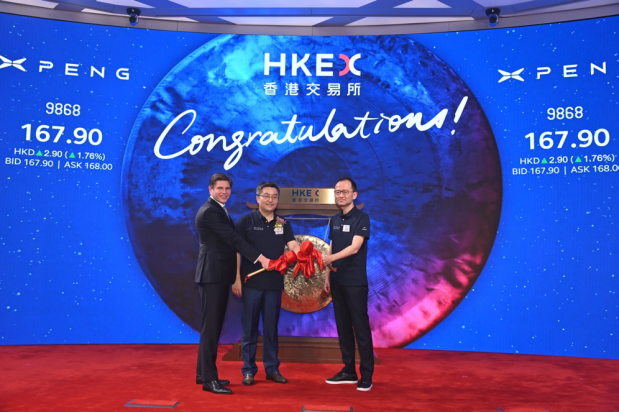
From the perspective of the opposite side of the industry, XPeng Motors has already played all its cards in the first wave of financing. In order to further develop, the current node must prepare for the next wave of products. There are two methods: one is financing by listing on the Hong Kong Stock Exchange, and the other is self-sufficiency to achieve rapid growth in production.
This is also why Li Bin said that the most dangerous time for a company is when it has just taken off. Listing in Hong Kong and the launch of G3i are the first and second steps respectively from the capital perspective. According to the analysis by the research team of Li Bin, XPeng must achieve an annual sales volume of more than 150,000 vehicles to achieve self-sufficiency, and it still has a long way to go. The release of G3i is aimed at boosting its and P5’s production. Although the launch conference was low-key, the mission is extraordinary.
From the capital side, the Hong Kong market has given XPeng a very reasonable valuation. Since it is a “second listing,” XPeng’s valuation and performance in the US stock market have lost their expectations and imagination. Not only XPeng, but also stocks such as Baidu and Bilibili have received the same “treatment ” in the Hong Kong stock market, coupled with the fact that the rate of breaking stock prices is higher than that of A shares, which is reasonable.
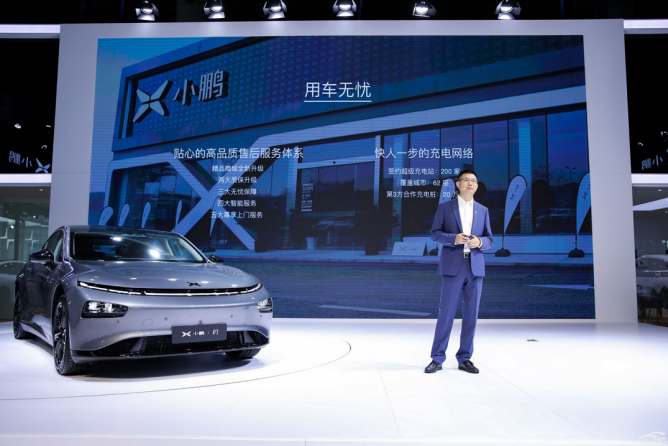
XPeng’s current performance is mediocre. In the past three years and the first quarter of this year, XPeng Motors’ total revenue was RMB 9.706 million, RMB 2.321 billion, RMB 5.844 billion and RMB 2.951 billion, respectively. The net profit for the same period was -RMB 1.399 billion, -RMB 3.692 billion, -RMB 2.732 billion and -RMB 0.787 billion, respectively. The gross profit margin for the same period was -24.3%, -24%, 4.6%, and 11.2%, respectively.
Although the financial reports of the past three years have become more and more impressive, when the second wave of bullets is about to be put into action, the financial report may be more unsatisfactory than just “satisfactory.”
Standing on the opposite side of capital, we need to discover trends and opportunities. When everyone is bearish, opportunities arise. Once XPeng’s performance picks up, the stock price will quickly rise. XPeng delivered 6,565 vehicles in June, and the second-quarter delivery volume reached 17,398, the highest quarterly delivery volume since XPeng was founded.Up to the first half of this year, XPeng Motors has delivered a total of 30,738 vehicles, exceeding the performance of the entire year of 2020. Although it still has a long way to go to reach the goal of 150,000 vehicles, there is still a chance to hit 80,000 vehicles in the second half of the year as long as the performance exceeds expectations, which will immediately whet the appetite of investors.
XPeng told Li Bin, “We are all in the qualifying round, not in the elimination round, nor at the table, because we are still very small today.”
Li Bin loves XPeng’s frankness. In the Hong Kong prospectus, as of the first quarter of this year, XPeng Motors had approximately CNY 36.2 billion on its balance sheet, and its cash flow can support one year of operations. XPeng needs more deliveries to achieve a balance between income and expenses in order to increase revenue. Conversely, the company needs to invest more in R&D to lay out more products for long-term development, and the CNY 36.2 billion on its balance sheet is far from enough.
This is not only a problem encountered by XPeng, but also by NIO, Li Auto, and three years ago, Volvo. It’s just that “Wei Xiao Li” has a higher degree of user attention and a stronger lead in capital effects.
This year is the climax of the Hong Kong stock market. In the second half of the year, more intelligent electric vehicle industry chain companies in China will be listed in Hong Kong. Many investors have been hoping to make profits by subscribing to new stocks, but Li Bin believes that this strategy may not be easy due to two reasons. Firstly, the pricing of “secondary listings” is more reasonable, and the imagination of new stocks is limited, resulting in low success rates for subscribing. Secondly, the performance of new stocks will be influenced by old stocks, making it difficult to show independent trends, and finally resulting in a bland taste.
Intelligent electric vehicles, China’s scenery is unique.
This article is a translation by ChatGPT of a Chinese report from 42HOW. If you have any questions about it, please email bd@42how.com.
